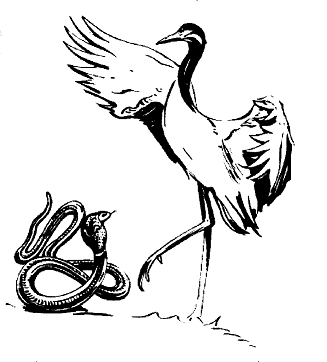About Ving Tsun
Ving Tsun is a close range combat fighting art and is one of the most SIMPLE, DIRECT and EFFICIENT forms of Kung Fu.
As well as teaching one how to deal with stress and fear in a given situation, Ving Tsun can help you diffuse violence and improve your self-potential including your health and fitness.
Ving Tsun Kung Fu, is a form of Southern Chinese Kung Fu.
Ving Tsun is an effective self defence system that has its emphasis on concepts and ideas rather than set techniques. It emphasises directness, softness and correct body structure rather than relying on strength.
Ving Tsun was made famous by the late, great, Bruce Lee.
Ving Tsun's original system was based on 3 empty hand forms:
1st Form (Siu Lim Tao) The young idea form
2nd Form (Chum Kiu) Bridging the gap form.
3rd Form (Biu Jee) Thrusting fingers (the emergency form)
Ving Tsun also includes the Muk Yan Jong ("wooden dummy") training form, and exercises based on sensitivity and timing of the arms called Chi Sau ("sticky hand") training which help the practitioner fight and flow at very close distances.
Ving Tsun also includes two weapons forms the - the long pole (Luk Dim Boon Gwan) and the Butterfly Knives (Baat Jaam Do, which translated means eight cutting techniques).
History of Ving Tsun
 |
Ving Tsun in the west has been spelt in many different ways. Ving Tsun, Wing Chun, Wing Tsun, etc. This is the result of westerners trying to write a Chinese sound in western language. However, in Hong Kong the world Ving Tsun Athletic Association spells the westernised version as Ving Tsun. Ving Tsun is a subtle and complete system of Chinese Kung Fu, developed over hundreds of years, with its roots in the Shaolin Temple tradition. It is said that in about 1645 a Bhuddist nun by the name of Ng Mui devised the system after watching a crane and snake fighting together. She had noted the soft deflection used by the crane’s wings and the very direct attacks by the snake. She later taught it to a young girl called Yim |
Ving Tsun, who successfully used her newly learned skills to defend herself against a local bully who attempted to rape her.
Originally a very secret system, the sophisticated art of Ving Tsun was only passed on to family members and close, trusted friends. It was only when the legendary Grandmaster Ip Man (now sadly passed away) arrived in Hong Kong that the style was taught more openly.
Ving Tsun does not pit strength against strength but rather employs its unique understanding of angles and sensitivity to force to overcome aggression (fitness, age and sex are of no consequence). Many of the exercises are scientific in approach and training is carried out in a friendly atmosphere of co-operation as opposed to one of aggressive competition. This allows students to develop freely and at their own pace. It is possible for a complete novice to become competent within one year, although, as with any true art, practical ability is only the beginning, there is always room for deeper exploration, further development and personal interpretation.
Ving Tsun's effectiveness as a practical self-defence or street fighting method is well documented, refined over the years for economy and direct application. The style does not easily lend its self to display or sport as some more flamboyant styles do. This is because the apparent simplicity of the system disguises the devastating power and speed behind its subtle technique.
Typical techniques include; swift low kicks, close body control and short, but devastatingly powerful strikes from the hands (such as the inch punch). Ving Tsun practitioners also employ a unique sensitivity training exercise known as Chi sau, or sticking hands training.
There are many versions of the history of Ving Tsun as the history is mainly legend. Other versions can be found at the following web sites:
www.wingchun.org.uk/history.htm
www.shaolin-society.co.uk/History_of_Gung-Fu/Wing_Chun/wing_chun.php
home.vtmuseum.org/articles/meng/truthrevealed.php
www.wingchun.co.uk/history.htm
www.fongswingchun.com/history.html